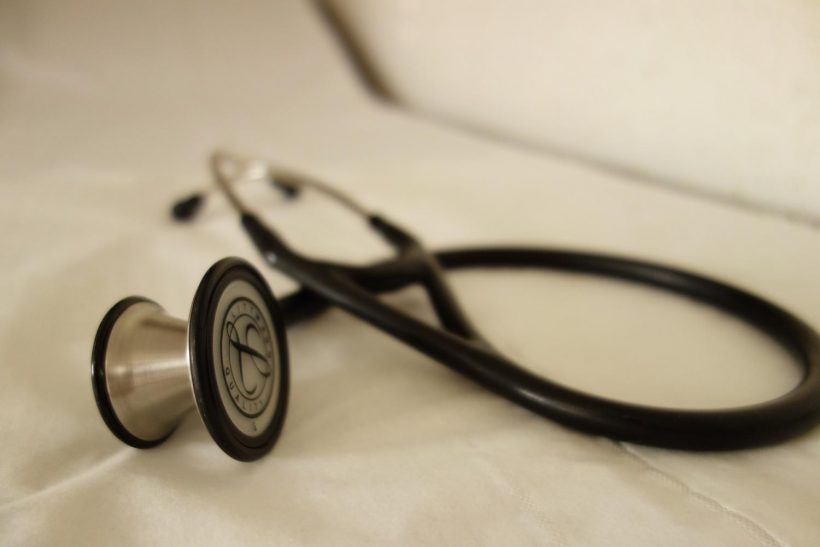
With the COVID-19 pandemic still ongoing, another public health threat has emerged in the form of an outbreak of monkeypox in multiple countries where the virus is not endemic, or normally present.
The diagnosis of the first case in the United States associated with this outbreak, on May 18 at Massachusetts General Hospital (MGH), prompted the need better to understand the risk of transmission in health care settings, in order to effectively counsel health care personnel.
Researchers from MGH reviewed the available literature over the past two decades and found only one documented case of transmission of monkeypox following exposure in health care settings outside endemic regions.
“In our study, published in Infection Control & Hospital Epidemiology, we searched the literature dating back to 2000 and found 12 studies, outside endemic areas, describing nosocomial—or health care-associated—exposure and subsequent management,” says co-author Kimon C. Zachary, MD, Assistant Chief of MGH’s Infection Control Unit and an Assistant Professor of Medicine at Harvard Medical School.
“Although it is reassuring that there was just a single case of a higher risk exposure resulting in transmission to a health care worker, the studies used variable definitions of exposures and reported very limited details regarding the nature of the exposures and the personal protective equipment used. Therefore, it is difficult to quantify precisely the risk of transmission under a given set of circumstances.”
Continued evaluations of the experience of health care facilities during the current global outbreak may provide additional information that could help guide strategies to prevent transmission, including the use of vaccines for both pre- and post-exposure prophylaxis.
“While the findings support a low risk of nosocomial transmission to date, it will be very important to learn from the experiences of facilities managing patients around the world during the current outbreak, including documented exposures in health care settings and any subsequent transmission events,” says co-author Erica S. Shenoy, MD, Ph.D., Associate Chief of MGH’s Infection Control Unit and an Associate Professor of Medicine at Harvard Medical School.
Source: Read Full Article
